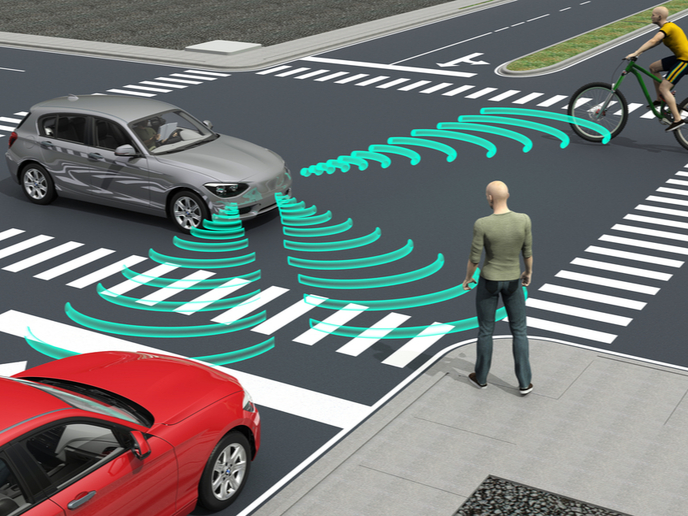Improving autonomous object detection systems for trains
As the only way for a train to avoid a collision is to fully stop, systems which automatically detect obstacles at a distance greater than the train’s stopping distance are of great interest to operators. But these are challenged by range and field of vision issues, as well as the sheer number of variables determining safe stopping distances. Previously, the Shift2Rail (now Europe’s Rail)(opens in new window) project, SMART, developed an on-board multisensory system able to detect obstacles ahead of trains at distances of 80 metres to 200 metres (mid-range) and up to 1 000 m (long-range), in different environmental conditions. The EU-funded SMART2(opens in new window) project has now developed two complementary obstacle detection (OD) subsystems, trackside and airborne, with all three subsystems integrated with each other and connected to a decision support system (DSS). “This holistic approach expands the detection area up to 2 000 metres, enabling views beyond features like curves, slopes or tunnels,” says Danijela Ristic-Durrant, project coordinator.
Enlarging the range of detection
Currently, train drivers usually detect a hazard too late to avoid a collision. The exact train stopping distance depends on a range of factors such as the train’s mass distribution, speed at breaking and weather conditions. For example, according to national regulations in most EU countries, the stopping distance of a freight train pulling a 2 000 tonne cargo at a speed of 80 kilometres per hour is approximately 700 metres, presenting a challenge to trains compared to road vehicles. “Currently, there is a lot of work going on to develop better OD systems for rail vehicles because most in use are mainly limited to around 80 metres,” adds Ristic-Durrant. Despite some on-board OD systems – using cameras, alongside range sensors such as lidar – while capable of accurate OD results, their view remains limited. SMART2 complements the front of train on-board sensors with airborne (UAV) and trackside detection systems. The data recorded by the sensors of each subsystem is transmitted to a cloud-based DSS and is interpreted by algorithms to identify potential hazards.
The prototype
A prototype of the SMART2 system was demonstrated at Serbian Railways(opens in new window) test sites, under realistic test conditions. Testing was conducted on a 5-kilometre stretch of track containing obstacles such as a bicycle on a level crossing and a fallen tree. The train, housing an on-board OD system, ran along the track site, while the two other subsystems were positioned at strategic locations along the track. “This proved that our demonstrator, consisting of three complementary OD subsystems, could detect obstacles at a range of well over two kilometres, which had been one of the main goals for the project,” notes Ristic-Durrant. During dynamic testing, the on-board OD subsystem performance was successfully tested on an in-service cargo train running from Red Cross, a station in the town of Niš, towards Ristovac near the North Macedonia border – a distance of 120 km.
Far-sighted benefits
SMART2’s OD technology contributes to the improved safety, competitiveness, efficiency and operational reliability of the European railway network. The project also supports the European Green Deal(opens in new window) by making the railways even more attractive to passengers and so further incentivising their use. “There are enough efforts under way to ensure that OD systems such as ours will reach the market and we are well-positioned to benefit. Our partners are developing subsystems of the SMART2 solution through different EU-funded projects and will continue activities through Europe’s Rail Flagship Project 2 R2DATO(opens in new window),” concludes Ristic-Durrant.







